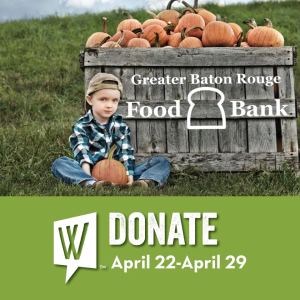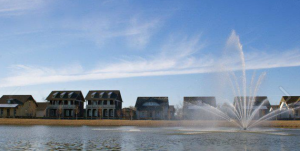As my campaign with the Greater Baton Rouge Food Bank comes to a close, I want to share with you some of the the final works I have created to deliver as we part ways.
Kim Harrison explains the importance of stewardship to safeguard relationships with stakeholders. As I mentioned before, one of the major ways to ensure the continued success of the Greater Baton Rouge Food Bank is by making sure they have a well developed plan for the rest of the year. The strategic communication plan I have developed for them include a crisis communications plan, a social media plan, a food drive informational tutorial among other materials.
Overall, I have to say I am happy to say Geaux Communications carried out a successful event in hosting its weeklong food drive in two different venues. After looking at the sign-up sheets of the apartment complexes that participated, I can say more than 50 students overall donated provisions for the cause. The totals for both complexes equaled 132 pounds, which is the equivalent to 110 meals.
When reflecting on my progress in this class and my time at LSU, I am able to say the LSU Manship School of Mass Communication has prepared me for my future endeavors as a public relations professional.
I’d like to take a moment to thank Dr. Moore for making this campaign such a positive experience. Although the thought of carrying out a full fledged campaign on my own scared me, I was able to fully exercise the knowledge I had learned throughout my time at the Manship School. I couldn’t have come up with a better way to gain so much experience in my final semester as a public relations student.
For more information on the Greater Baton Rouge Food Bank, visit their website and Facebook. For more information on me and my works, visit my website.
Thanks for reading!
-Carolina







